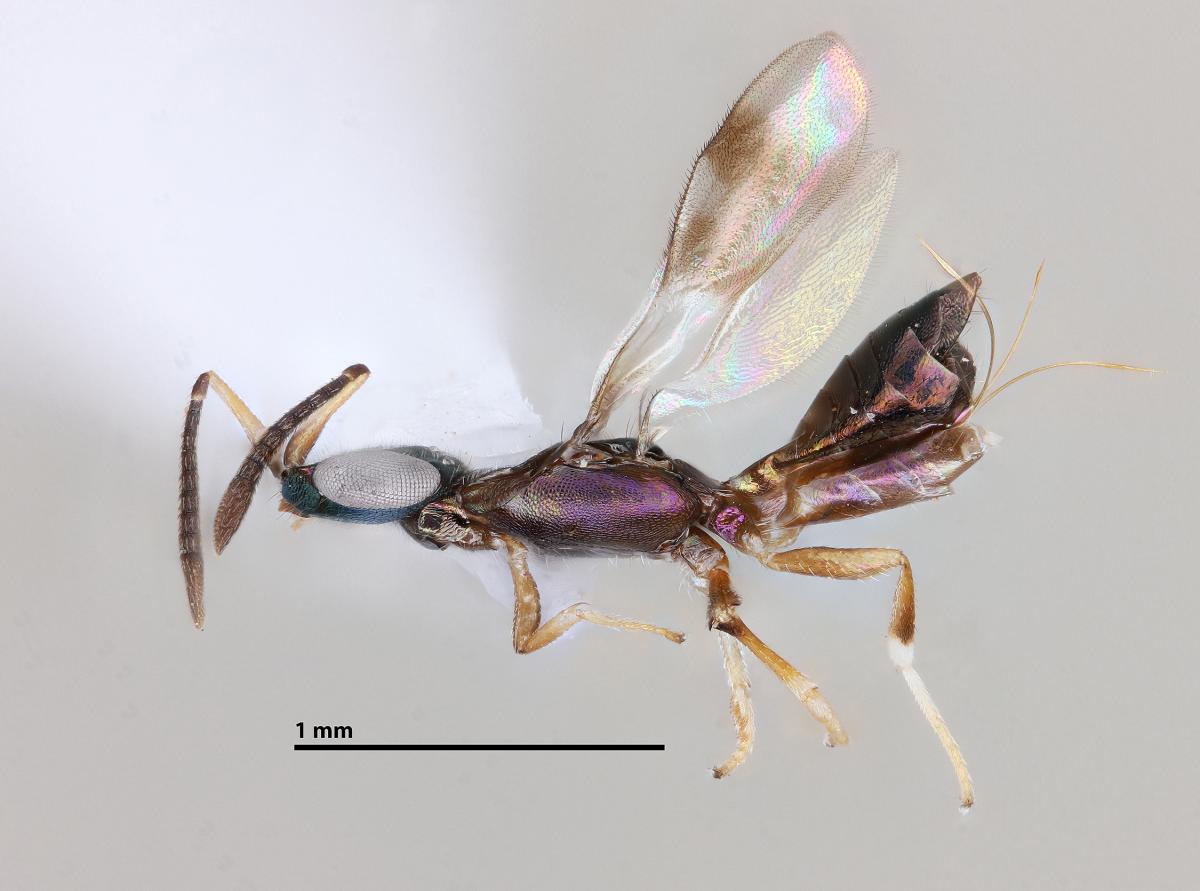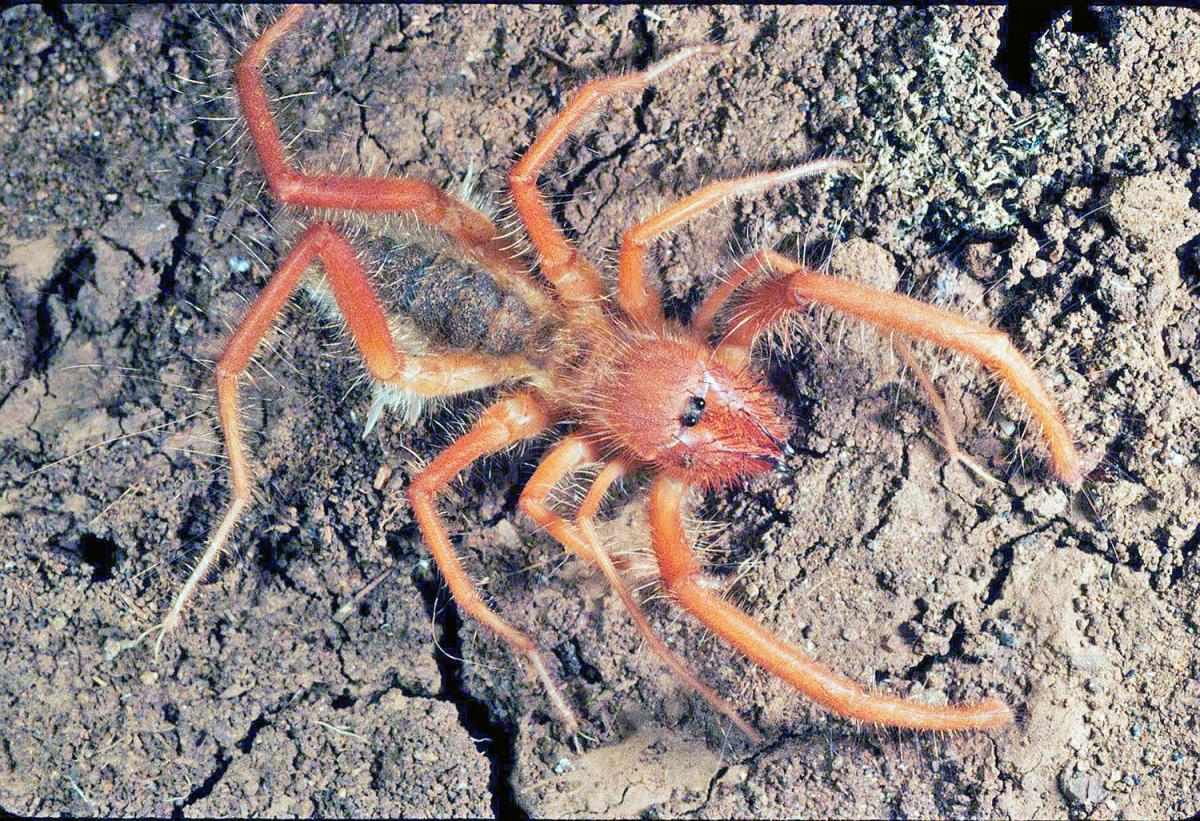Calymmochilus sp. (Hymenoptera: Chalcidoidea: Eupelmidae: Eupelminae)
Calymmochilus is a small (12 species) but beautiful and interesting genus of the moderately large family Eupelmidae (900 species), the latter of which is composed of obligate parasitoid wasps which attack other invertebrates, mostly other insects. Although rare in collections Calymmochilus species are more common than previously thought. Dr. Gary Gibson, the world expert on Eupelmidae, reports that he has seen undescribed species from the Australian, Palearctic, Oriental and Afrotropical regions. We collected specimens of Calymmochilus in two widely separated sites, Ungoye Forest, a seasonally swampy forest on the shores of Lake Victoria, and on the other side of the country in Muhaka, a wet forest in coastal Kenya.
Like many of the insects we have looked at in this series there is little information on the biology of Calymmochilus species (host choice, host location etc.). However, there is a clue to its behaviour in the form of the adults which are dorsoventrally flattened (see image), suggesting that females search out prey in shallow crevices or tunnels within wood or other material or under rocks, and there is some evidence that this is the case. There are two host records from Europe of Calymmochilus (C. russoi). This species was found to parasitize the wood-boring beetle Phloeotribus scarabaeoides (Family Scolytidae), and more recently to attack the Gelechiidae moth Parapodia sinaica that is responsible for gall formation on the stems of Tamarix (Tamariceae). Tamarix occurs in Kenya and it may be fruitful to examine the plant for galls. Lastly, and most interestingly, Calymmochilus longbottomi (wonderful name!) was reared from a non-insect arthropod host, in this case, a pseudoscorpion (Synsphyronus lathrius, Family Garypidae) found in a crevice between “’tight-fitting” slabs of rock. Eupelmid larvae were seen feeding internally on the final instar stage (trionymph) of development of the host. This is a rare event, being the only known record of any hymenopteran parasitoid using a pseudoscorpion as a host.
A note on Solifugae, a close cousin of the pseudoscorpions. Although they resemble scorpions (but without a tail), pseudoscorpions are actually more closely related to the Solifugae, voracious predators with sharp, vertically oriented chelicerae that slice effortlessly through their prey, ants and the like. Solifugae (common name “sun spiders”) are thought by some to be the creatures mentioned in the bible that made life so miserable for the ancient Israelites during their wanderings through the desert. Solifugae are rarely seen but pretty easy to find, seeking shelter in the middle of the day in xeric, stoney habitats (desert, savanna). I’ve included an image of an impressive Kenyan solifugae. The next time you drive down to Olorgesailie, flip a rock over with a stick (not with your hand!) and you may find them or their cousins, the scorpions.
I thank the Eupelmidae expert Dr. Lucian Fusu for pointing out to me that undescribed Calymmochilus species are known from the Afrotropical region.


Credits: Dr Robert Copeland

